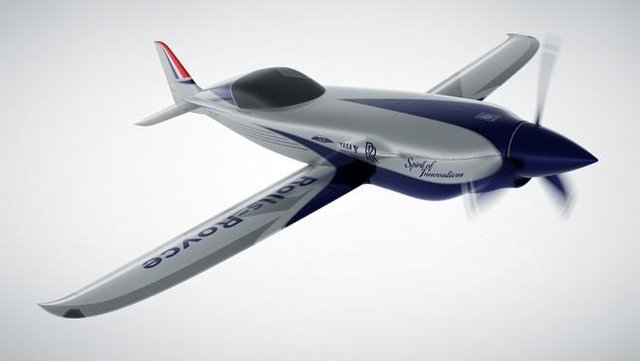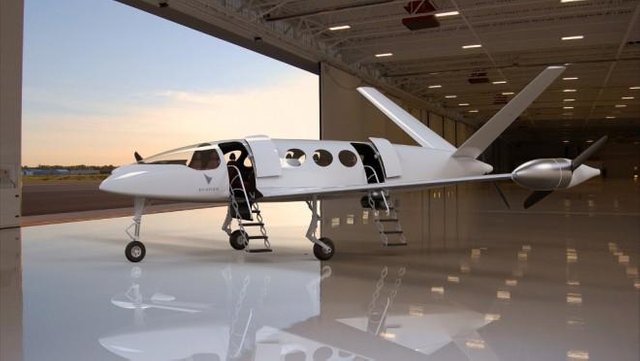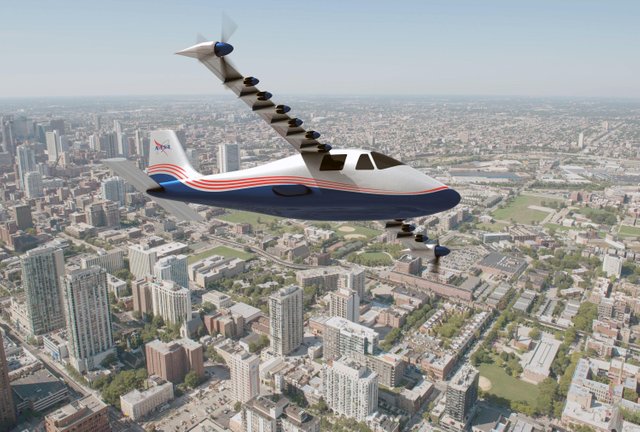Electric Planes for the Future
Hey guys!
One of my assignments for this semester happens to be about the future development of mechanical engineering, specifically in aerospace industry, defense industry and material industry. So I thought I would share what I’ve found and read here.

Photo by Ruth Enyedi on Unsplash
There are more and more major industry players, entrepreneurs and research organizers are looking into making commercial electric flying a reality in the near future. Electric planes are not a new technology. However, it has only been used for flight training and short distance travel.
Electric planes are obviously quieter and more efficient than the kerosene-powered airplanes, but most importantly, the electricity used to power the planes is renewable.
However, one of the challenges that this technology is facing is energy density of the storage method. Energy density is a measure of the energy being harnessed from 1 kg of an energy source. A plane flies when lift equals the weight of the plane, so when the weight is increased, the lift has to be increased too,which requires more power. Currently, the best lithium ion batteries only harness 1 MJ/kg, while for kerosene, the fuel used for jet airliners, it is about 43 MJ/kg. Battery energy is over 40 times heavier than jet fuel. Therefore, needing more power means more batteries are needed, which increases the weight again.
Rolls-Royce has just announced plans to fly an electric airplane over Great Britain in 2020, reaching a top speed of at least 480 km per hour. This is said to be the fastest electric plane ever. The aircraft will feature three high-power-density electric motors designed to produce more than 500 horsepower.

Rolls-Royce's ACCEL
Another company called Eviation is designing Alice Commuter, an all-electric aircraft. It is aimed to take nine passengers up to 650 miles at a cruise speed of 240 knots. Alice uses distributed propulsion with one main pusher propeller at the tail and two pusher propellers at the wingtips to reduce drag, create redundancy and improve efficiency.

Eviation's Alice
NASA’S X-57 ‘Maxwell” will be the first all-electric X-plane. The final configuration of the X-57 will feature 14 electric motors and propellers (12 high-lift motors along the leading edge of the wing and two large wingtip cruise motors). The goal of the X-57 is to demonstrate a 500-percent increase in high-speed cruise efficiency, zero in-flight carbon emissions and a quieter flight.

NASA's X-57 Maxwell
If a solution can be found for this challenge in the near future, the aim to commercialize electric flying will be a reality soon.
Source:
Rolls-Royce's ACCEL
Eviation's ALICE
NASA's X-57 Maxwell

Thanks for taking the time to read my post. I hope you like it and if you do, do poke the upvote button.
With Love,
Vael Riey